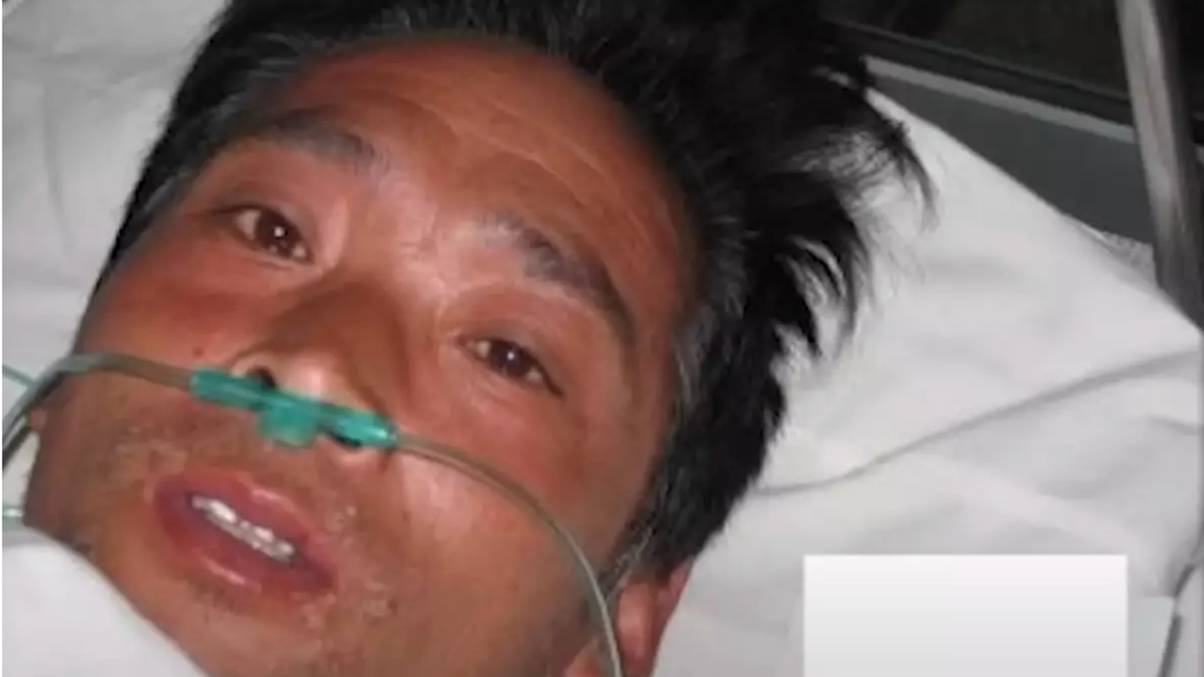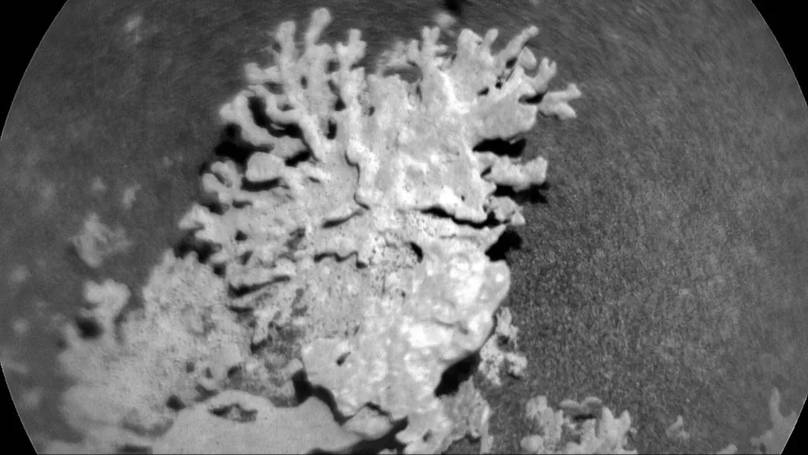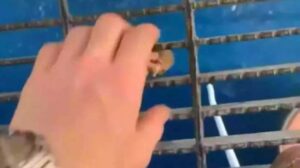Man Endures Unimaginable Ordeal: 83 Days of Agony and Crying Blood Before Fate Unfolds
Ever wonder what it feels like to get zapped with the world’s worst dose of radiation? Well, strap in, because this isn’t your usual bedtime story. Back in ’99, at Japan’s Tokaimura Nuclear Power Plant, Hisashi Ouchi and his buddies were just doing their job making nuclear fuel rods — until a freak miscalculation turned their day from normal to nightmare real quick. Picture this: a blinding blue flash, a monstrous avalanche of gamma rays, and Ouchi absorbing a staggering 17,000 millisieverts of radiation — that’s thousands of times above the safe limit! The result? An excruciating, 83-day ordeal where Ouchi, tragically dubbed ‘Radioactive Man,’ suffered beyond belief, crying blood and battling his failing body while his family clung to hope. It’s a haunting reminder of how one tiny slip in a high-stakes job can spiral into something truly catastrophic. Curious about the full story behind this grim chapter of nuclear history? LEARN MORE.
Warning: This article contains descriptions of pain and injury which may be distressful to some readers.
Back in 1999, a horrific incident took place at Tokaimura Nuclear Power Plant in Japan.
And it led to a man suffering the ‘most painful death ever’, with him crying blood as he was kept alive for a long 83 days.
Hisashi Ouchi was working at the conversion facility, and it all began as any other day on the job for him and his two colleagues, Masato Shinohara and Yukata Yokokawa. At the power plant, workers helped create nuclear fuel rods to be used at other locations.
But when the three of them were given a task on 30 September, things went drastically wrong, and they ended up receiving dangerously high doses of radiation.
And on 21 December, Ouchi died as a result, at the age of just 35.

He’s unfortunately known to many as ‘Radioactive Man’ (Public Domain)
Who is Hisashi Ouchi?
Often referred to as ‘Radioactive Man’, Ouchi’s tale is a heartbreaking one, as he endured weeks of deteriorating health before his death.
The former high school rugby player had a wife and son at home when he was exposed to what is believed to be the highest dose of accidental radiation in history.
MORE TO READ:
UK LOCATION NAMED ON LIST OF MOST RADIOACTIVE PLACES ON EARTH
RARE FOOTAGE OF ‘MOST RADIOACTIVE PLACE ON EARTH’
What happened to ‘radiocative man’ Hisashi Ouchi?
Ouchi and his co-workers has been tasked with mixing a new batch of fuel – working with uranyl nitrate inside a huge metal vat. And with them said to have been untrained in this process, things quickly went wrong.
It’s been reported that they mixed their materials by hand and made a miscalculation with the harmful liquids. It was also revealed that the group had used a whopping 16kg of uranium – 13.6kg over the limit, leading to disaster.
As they witnessed a shocking blue flash, it was clear to them that something had gone wrong, and gamma rays were released into the atmosphere from the uncontrolled reaction.
All three of them immediately received high doses of radiation, and with Ouchi stood directly by the tank, he absorbed 17,000 millisieverts (mSv).
To put that into context, the international radiation safety limit for those working around radiation is 20 mSv per person, per year. And the dose absorbed by emergency responders at Chernobyl was between 20 to 500 mSv.

The mistake at the power plant led to his death. (Public Domain)
How did the radiation impact Hisashi Ouchi and how did he die?
Ouchi had absorbed three times the fatal dose of radiation and was kept in a special radiation ward to protect him from hospital-borne pathogens.
His body quickly began to deteriorate as the impact of radiation poisoning took its hold.
The man’s white blood cell count plummeted, destroying his immune system and making him completely vulnerable.
But, while his body was failing, his family reportedly insisted for his life to be saved continuously.
Ouchi ended up going through multiple skin grafts, blood transfusions, and stem cell transplants. And yet he continued leaking fluids and crying blood, suffering three heart attacks within 60 days in hospital.
On 21 December, he eventually died from multiple organ failure.











